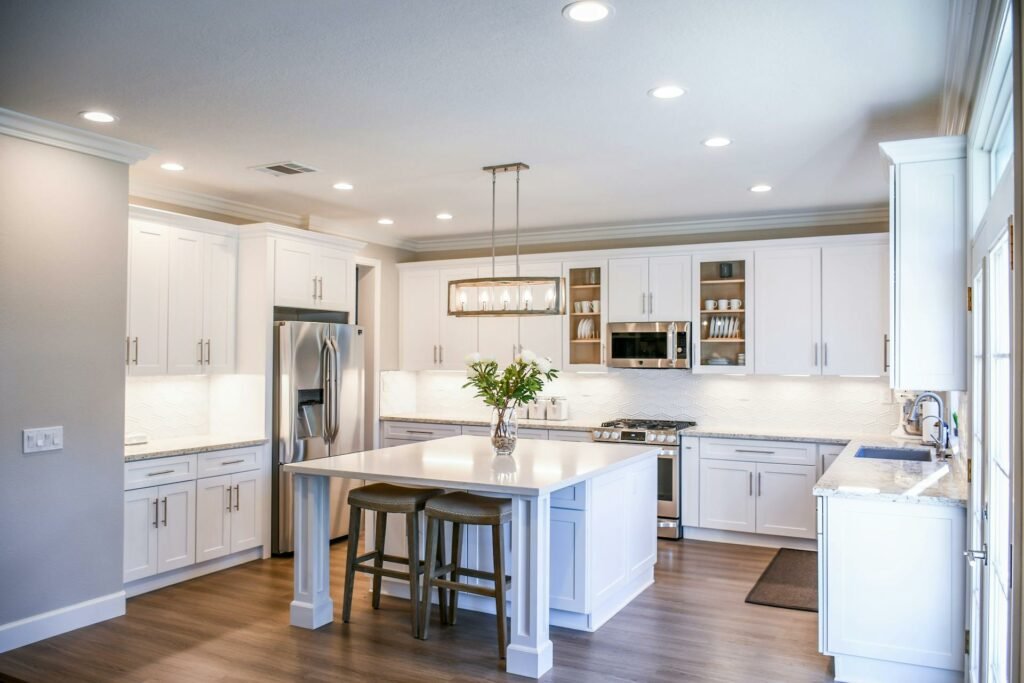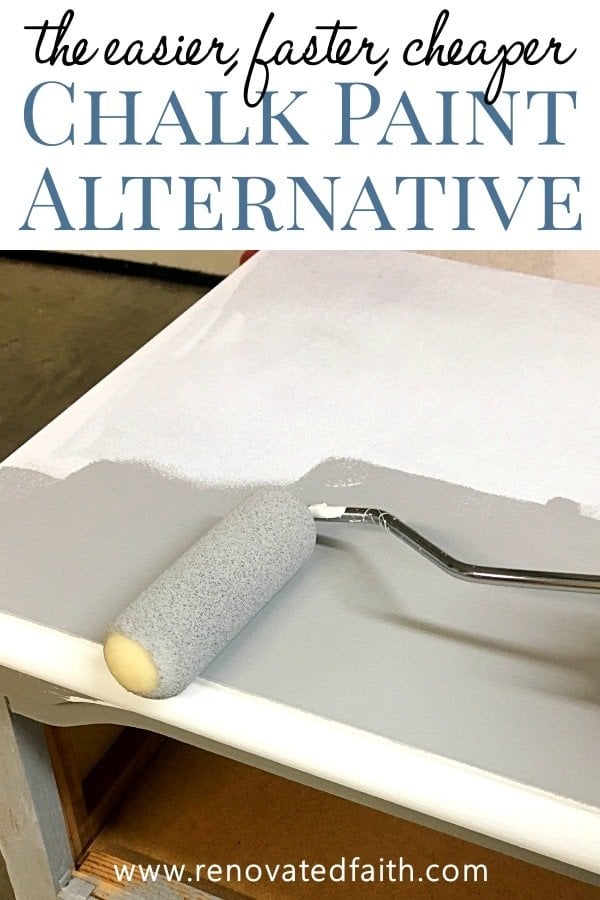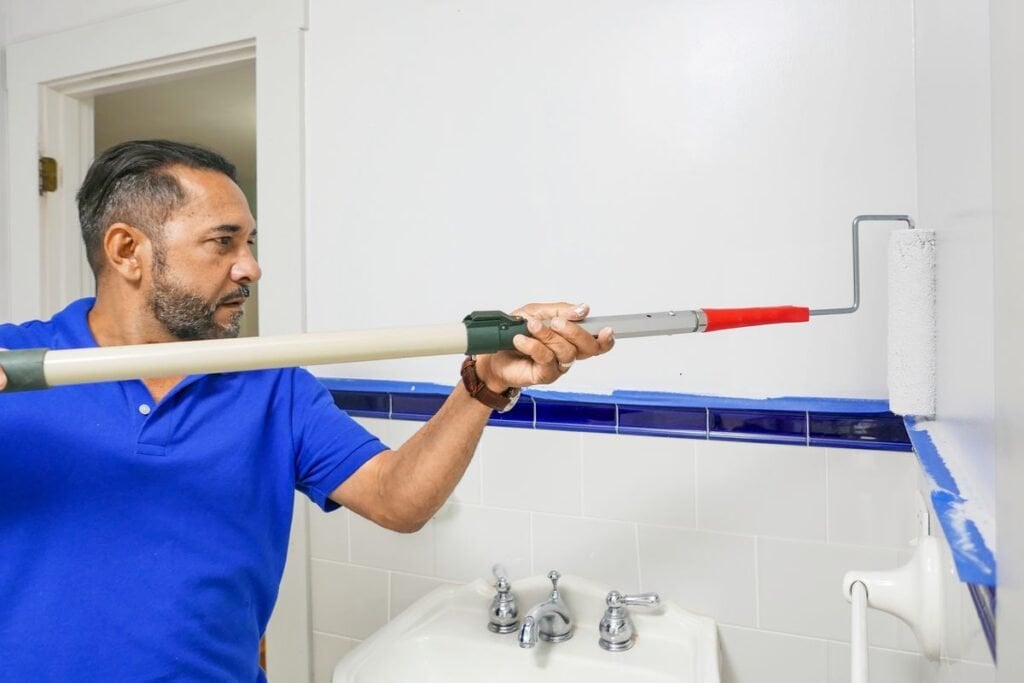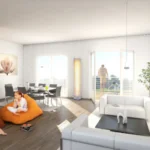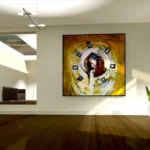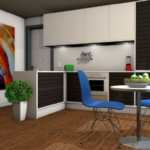Bathrooms are often overlooked when it comes to interior design, but they are one of the most important rooms in our homes. It’s where we start and end our days, a space for relaxation and rejuvenation. One of the simplest yet most effective ways to transform your bathroom is by choosing the right paint colors. With the right hues, you can create a space that feels fresh, spacious, and inviting. In this guide, we’ll explore how to choose the perfect paint colors for your bathroom and transform it into a sanctuary you’ll love.
Consider the Size and Layout
Before selecting paint colors, take into account the size and layout of your bathroom. If it’s small or lacks natural light, opt for lighter shades that can help to open up the space and make it feel more airy. Conversely, if you have a large bathroom with ample natural light, you can experiment with darker, richer colors to create a cozy atmosphere.
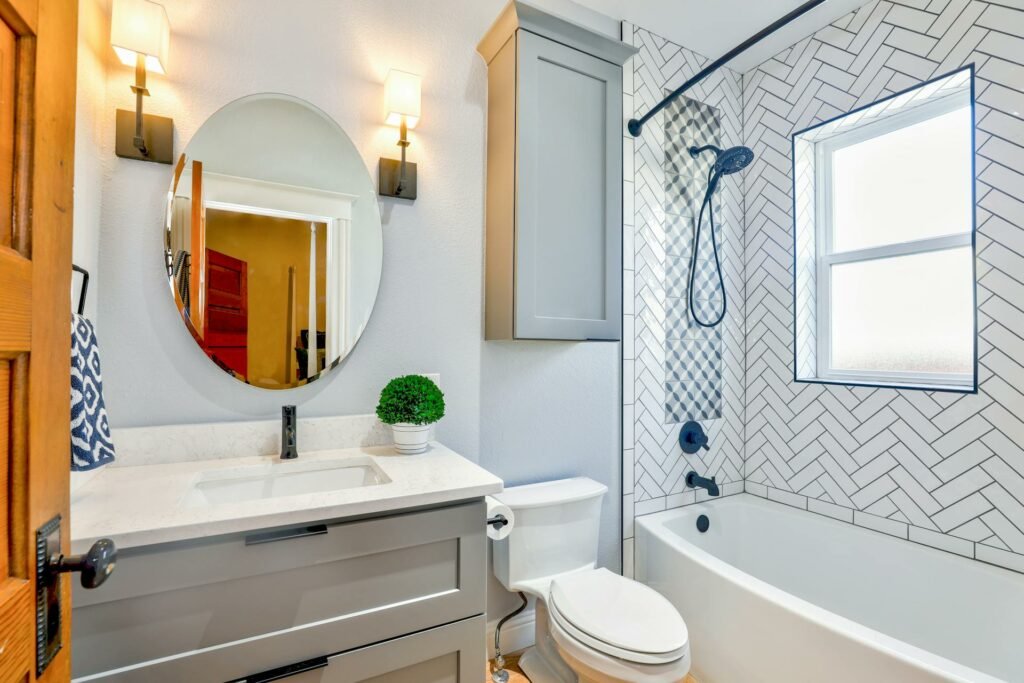
Think About the Mood You Want to Create
The colors you choose for your bathroom can have a significant impact on the mood and ambiance of the space. Soft, soothing tones like pale blues, greens, or lavender can evoke a sense of tranquility and relaxation, perfect for unwinding after a long day. On the other hand, vibrant hues like bold oranges or yellows can add energy and excitement to your morning routine.
Consider the Existing Fixtures and Decor
Take a look at your existing bathroom fixtures, such as the sink, bathtub, and tiles, as well as any decor elements like towels or shower curtains. Choose paint colors that complement these existing features to create a cohesive look and feel. For example, if you have classic white fixtures, you can’t go wrong with a neutral color palette. If you have colorful tiles or accessories, consider pulling out one of the accent colors for your walls.
Test Paint Samples
Before committing to a paint color, it’s essential to test out samples in your bathroom. Paint colors can look very different depending on the lighting and other elements in the room, so it’s crucial to see how they look in your space. Paint small sections of your walls with different colors and observe them throughout the day to see how they change in different lighting conditions.
Consider the Finish
In bathrooms, it’s essential to choose a paint finish that can withstand moisture and humidity. Opt for satin or semi-gloss finishes, which are durable and easy to clean. These finishes also reflect light, helping to brighten up the space and make it feel larger. Avoid flat or matte finishes, as they can trap moisture and are more prone to mold and mildew.
Create Contrast with Trim and Accents
Adding contrast to your bathroom can help to create visual interest and make the space feel more dynamic. Consider painting the trim, doors, or cabinets in a complementary or contrasting color to add depth and dimension to the room. You can also use accent colors on feature walls or in small doses to add pops of color without overwhelming the space.
Don’t Be Afraid to Go Bold
While neutral colors are always a safe choice, don’t be afraid to go bold and experiment with vibrant hues in your bathroom. Bold colors can add personality and drama to the space, making it feel more stylish and unique. Just be sure to balance bold colors with plenty of white or other neutral tones to prevent the room from feeling too overwhelming.
Consider the Overall Style of Your Home
Finally, consider the overall style of your home when choosing paint colors for your bathroom. While it’s essential to create a cohesive look throughout your home, bathrooms offer an opportunity to have a little fun and experiment with different colors and styles. Whether your home is traditional, modern, or eclectic, there are paint colors that can complement your aesthetic and enhance the overall design.
In conclusion, choosing the right paint colors can transform your bathroom from a functional space into a luxurious sanctuary. By considering factors such as size, layout, mood, existing fixtures, and overall style, you can select paint colors that reflect your personality and create a beautiful and inviting atmosphere. So don’t be afraid to get creative and experiment with different hues until you find the perfect combination for your bathroom makeover. With the right paint colors, you can turn your bathroom into a space you’ll love spending time in every day.
